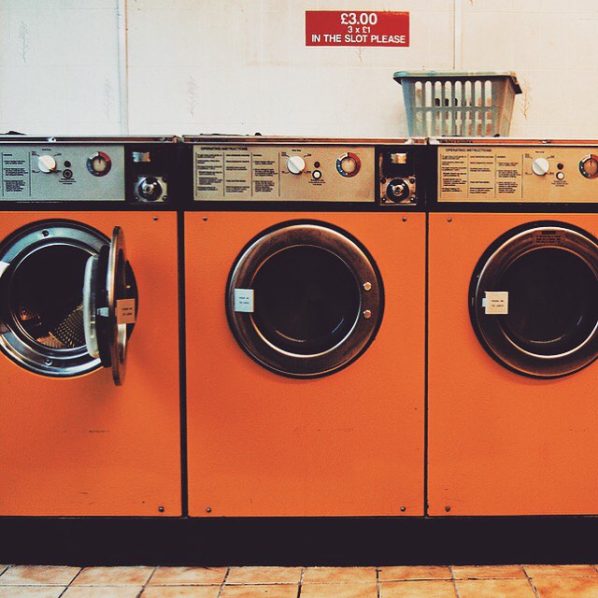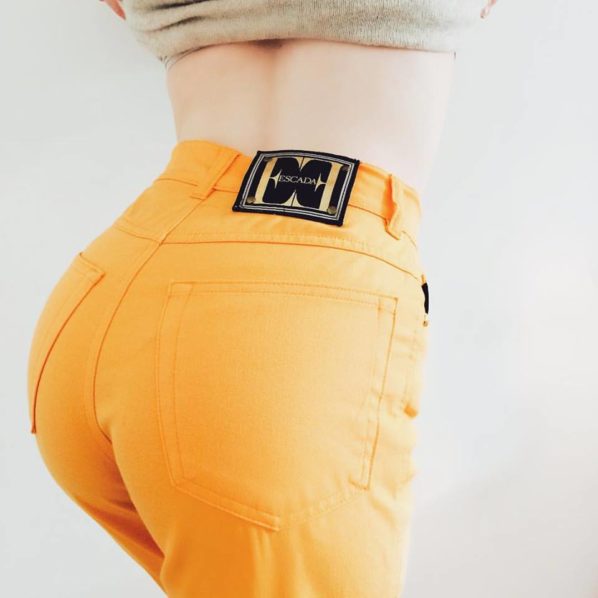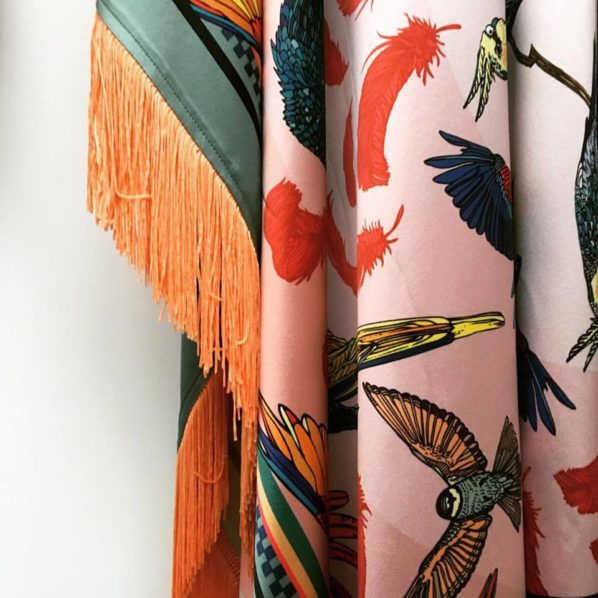No one looks forward to washing day. If you are anything like me, you realise it’s time when you’re forced to wear those lost elastic granny pants. But if you are doing it right, you won’t find yourself squeezing 2 weeks worth of washing into your machine wondering how it come to this. Did you know that there’s a way to wash less and save money? The true key to doing your washing is to not only preserve the life of your clothes, but also lower the price of your electricity bill. While you may think that the rules to washing clothes are just plain common sense, there are some tips that maybe you didn’t know, think of or even listen to before. Yes my friends, today I am going to teach you how we can be Greener Together by washing your clothes.
Cotton
Turns out, we’re probably washing our cotton T’s more often than they need! There really is no hard number to the number of wears, but as a general rule, waiting until they are actually needing washed will make them last longer in colour and shape. Depending on the activity I have done that day, I can get two wears out of a tee before washing (of course unless dirty). When washing your cottons, make sure you wash them at 30 to keep the colour and lay flat to keep the shape in top condition. If you like your cottons, do them a favour and DO NOT tumble dry.
Feat. Caine Glasses from Glasses Direct
Wool
I wear a lot of wool, and with the quality wool comes great responsibility. With us now in November, last years wool may need a little TLC before getting stuck in for another season. Really, unless you sweat or smoke, wool should last between 5-10 wears before washing. Washing can be an enemy for wool. They run a huge risk of losing shape, colour and bobbling. If you spill, try a spot clean before making that trip to the washing machine. Damp a sponge and blot the stain out, as a hard rub will lead to a patch of piling that even a bobble off can’t take care of! For washing, turn your knit inside out and wash in a cool delicate cycle at 30 degrees or lower. Make sure you add some fabric softener as wool is a natural fibre the texture can change so we want to make sure they are keeping us cosy without the itch! How you dry your wool is just as important as how you wash it: never EVER tumble dry. Just lay flat to keep its shape.
Denim
I’m not sure how it started, but there are all kinds of stories about how often you should be washing your denim. I’ve said it before and I’ll say it again, don’t do it. Denim is one of the strongest fabrics out, washing it only damages the fibers so they don’t last as long. Wash them once a month, or when they are physically manky. If you can’t remember the last time you washed your jeans, you are probably doing it right. When you do wash, make sure you turn them inside out and put them on the coldest wash possible. If you are scared they will run, don’t even go near the washing machine and save some energy by putting them in a lukewarm bath with some detergent until the water turns cold and rinse before hanging. Listen when I say always hang, never tumble dry.
Delicates
Washing your panties after each wash is a no brainer (at least I hope) but bra’s and other delicates are a different beast entirely. I am guilty to wearing a bra and putting it right back into the drawer after I wear it, but turns out I should be taking a tally. Bras should be washed every two to three wears as the heat and oils from our bodies can damage that all important elastic. I don’t really like putting my good bras in the wash and try to keep it to the Tshirt variety only. All delicates should really stay clear of any washing machine, opting for in the sink with a gentle soap. Even a splash of snow fairy will do! Just stay clear of moisturising ones as the oils could affect the colour and shape. If you really want to save time, water and energy, just take your bra into the shower! Oh and lastly, never, EVER, tumble dry.
PU, Leather and Suede
As time and fashion moves forward, new fabrics make their way into our wardrobes. Until just a few season ago, I never had any PU or leather items on regular outfit rotation. So how do you clean them? Lucky most of these items are a wipe clean situation, but I one thing I wouldn’t do is wash with a mix of fabrics. Leathers and Suades can keep smells and can dry funny, so again I would rinse in the shower, or put them all together and dry flat to keep the shape properly. Similarly to denim, they are tough and don’t need to be washed on the regular, so step away from the washing machine and head to the sink and as always, never, EVER tumble dry.
By washing better, you are taking that small step forward to a greener life. Thinking green isn’t the way it used to be, by just organising your food waste, recycling or turning down your central heating are just a few degrees ways you could make a huge difference. If you would like to put your lifestyle to the test, take the Greener Together quiz to see what changes you could put in place. Being green is probably a lot easier than what you think! If we all make just a few of these changes, Scotland and in turn, the world will be a much happier and healthier place.
At the end of the day it’s really easy to just wash an item of clothing after having worn it just once, but washing is the fastest way to spend more money and wreck your clothes. The fewer times you have to wash, the longer it will last it’s simple as that. Always check the label to see what the manufacturer reccomends, use the guide above to work out the best way to wash. Ditching the tumble drying and turning down to 30 degrees will not only help your clothes last longer, but you will also notice the difference in your energy bill in a flash, question is, will you change the way you wash your clothes? Let me know how you are going to #GreenItUp over on twitter and for more info visit greenerscotland.org.








Always check the labels with wool. Many natural fibres are handwash only. I knit and crochet lots of items and clothing, I use Eulacan wash which is a no rinse formula for any natural fibre. Lukewarm water in the sink (or bowl) and a capful of Eulacan. Squeeze the fibres gently, never agitate the fibres because that causes felting which will damage the item. The item will show such damage as shrinkage and/or patches where the fibres have melded and warped. Once you have finished gently cleaning the item, remove from the bowl and wrap into a roll using towels to squeeze excess water out. Remove towels and reshape whilst damp. Leave to dry flat as hanging causes the garment to lengthen under it’s own weight. Well made garments when cared for properly can last a lifetime causing less in landfill which is better for the environment. Sorry for the long comment, got there in the end! :-)
PREECH IT GURL!!! Thanks for the tips! Xx
You’re welcome! It’s just occurred to me that I’ve become a mine of knowledge over the last two years when it comes to the aftercare of garments no matter whether the materials are natural, synthetic or a mix of the two. It’s awful when you spend time making something for somebody only for them to have a disaster when they first try to launder the item (guess how I know). So many people are killing their clothes well before they should have expired by over-washing or poor garment care and then they blame the item. Take time to read labels and if you can never remember the symbols print out a list from online and washi tape it to your machine so it’s always available (washi tape doesn’t leave a residue and comes in loads of designs). All of this helps the planet and more importantly, your bank balance and that one piece of clothing you love and will wear until it’s fell apart will last so much longer ;-)
Couldn’t have said it better myself lovely! The more we spread the good word the longer the world can enjoy you strutting in your favourite items! x
I hardly ever wash my woollen jumpers / cardigans / dresses. After each wear, I hang them on a hanger and hook the hanger on the curtain rail at my open bedroom window and leave the wind to blow through them overnight. In the morning, they smell fresh and clean, ready to pop back into the wardrobe. Works just as well for loose fitting cotton dresses.